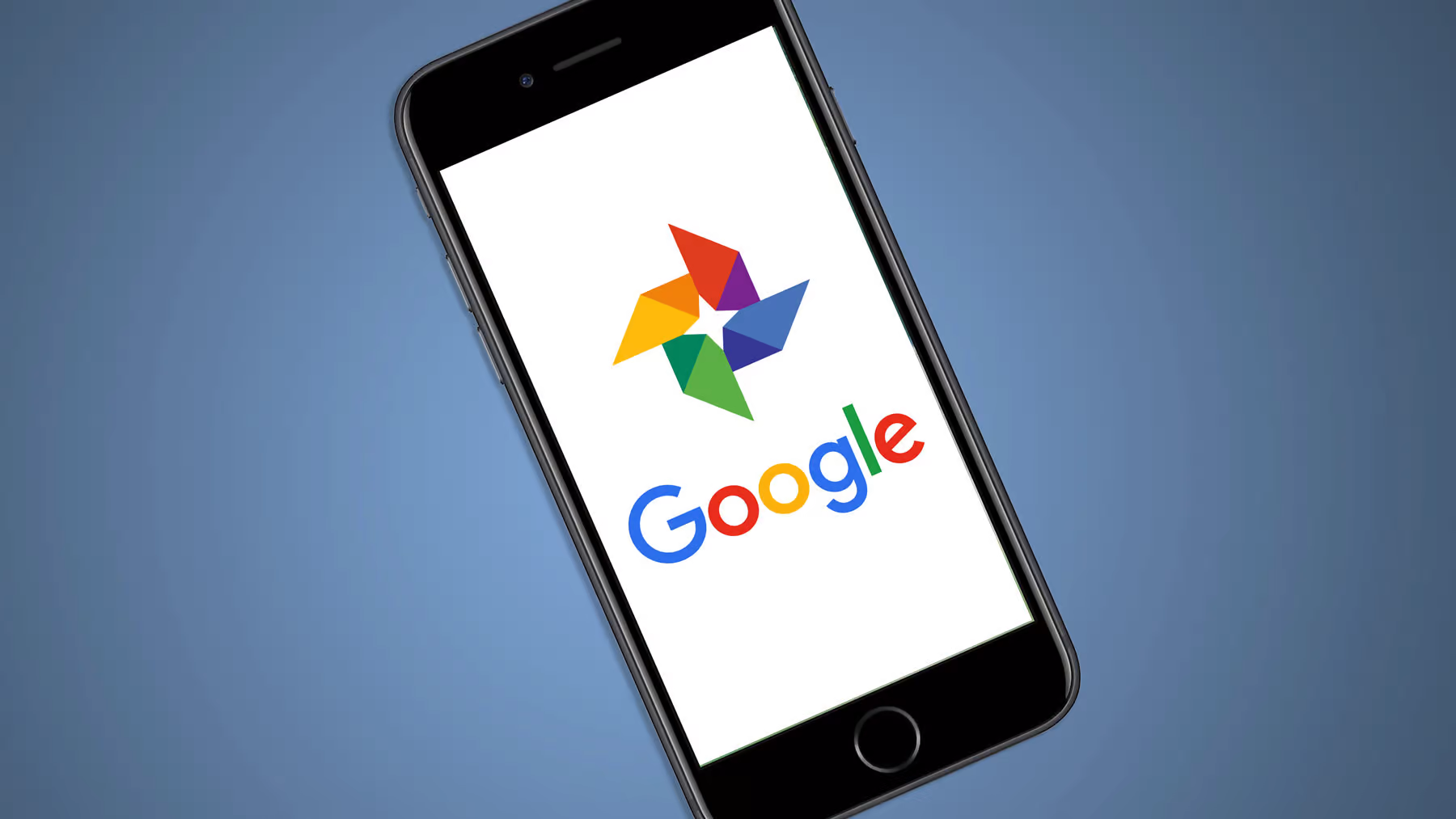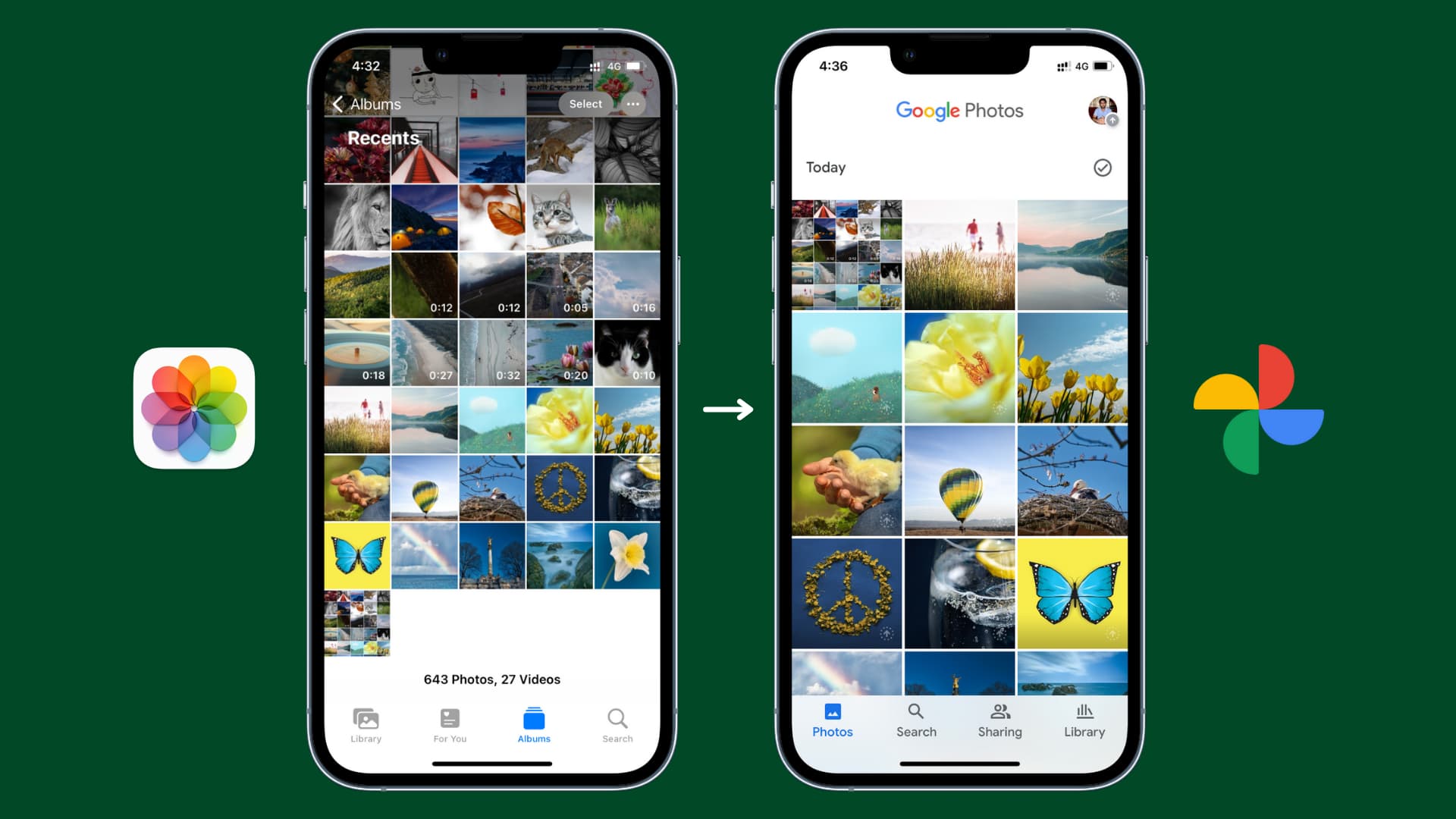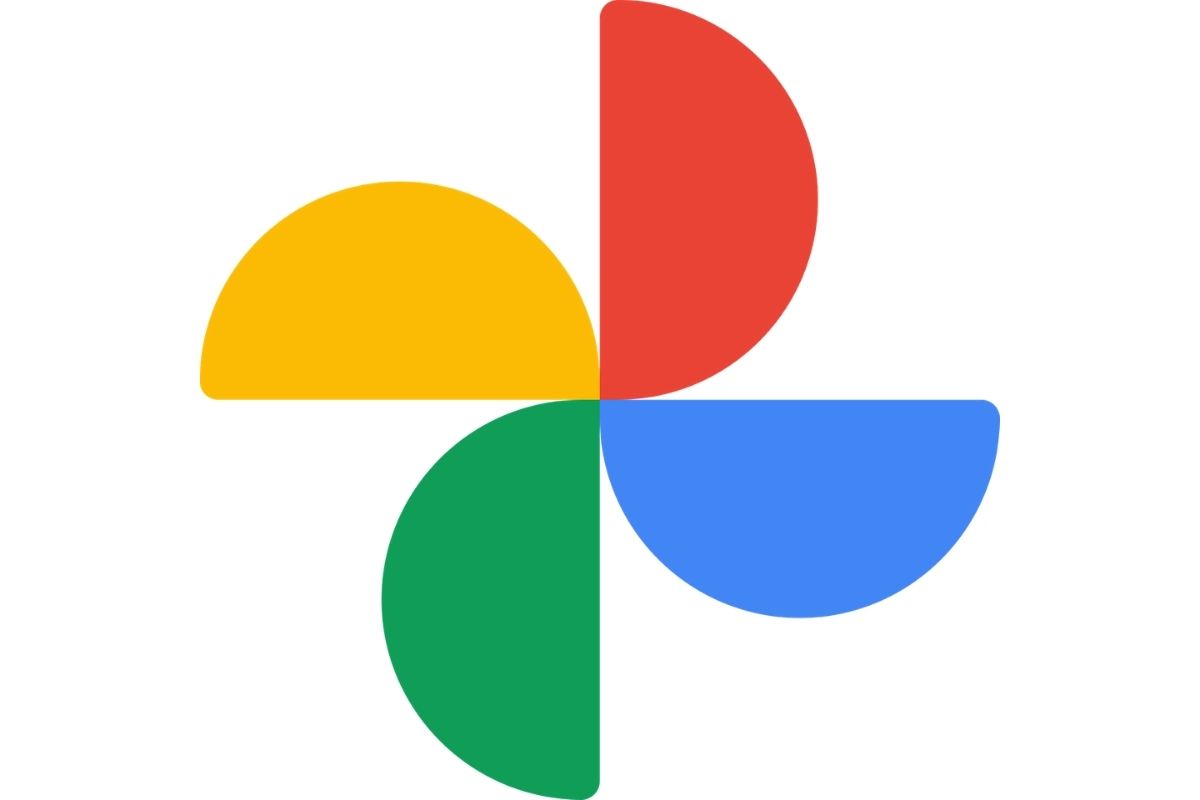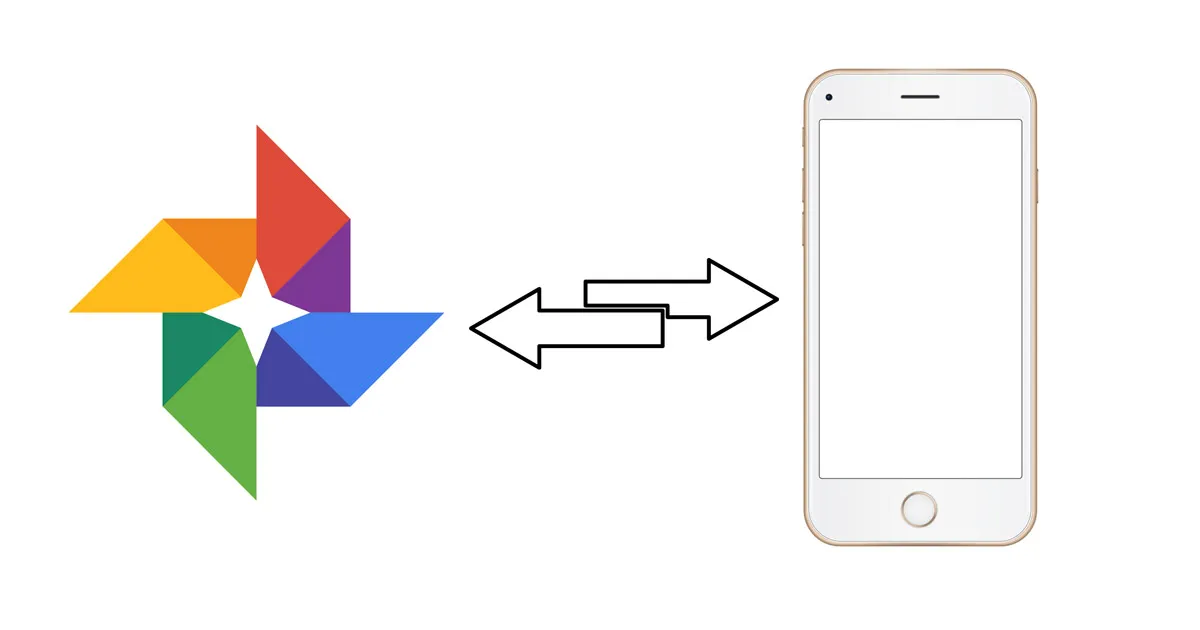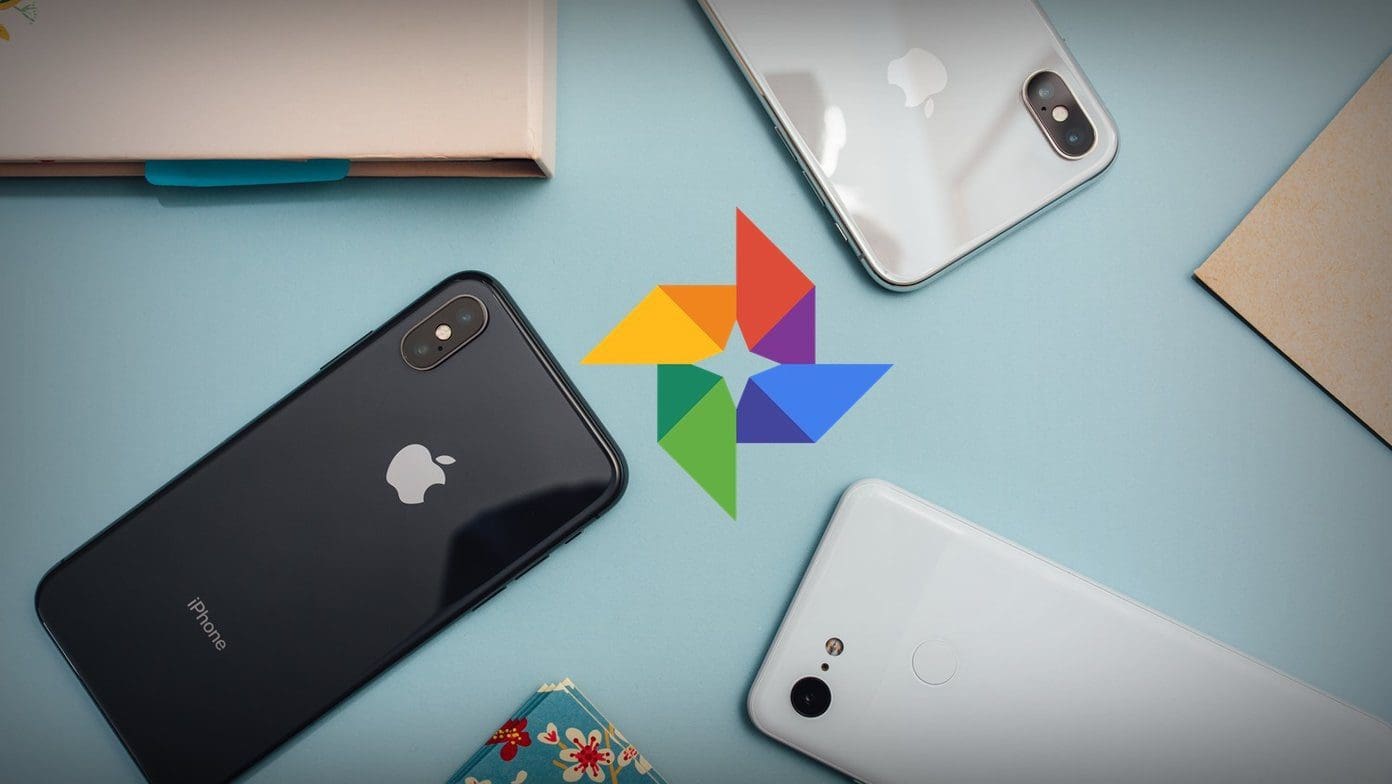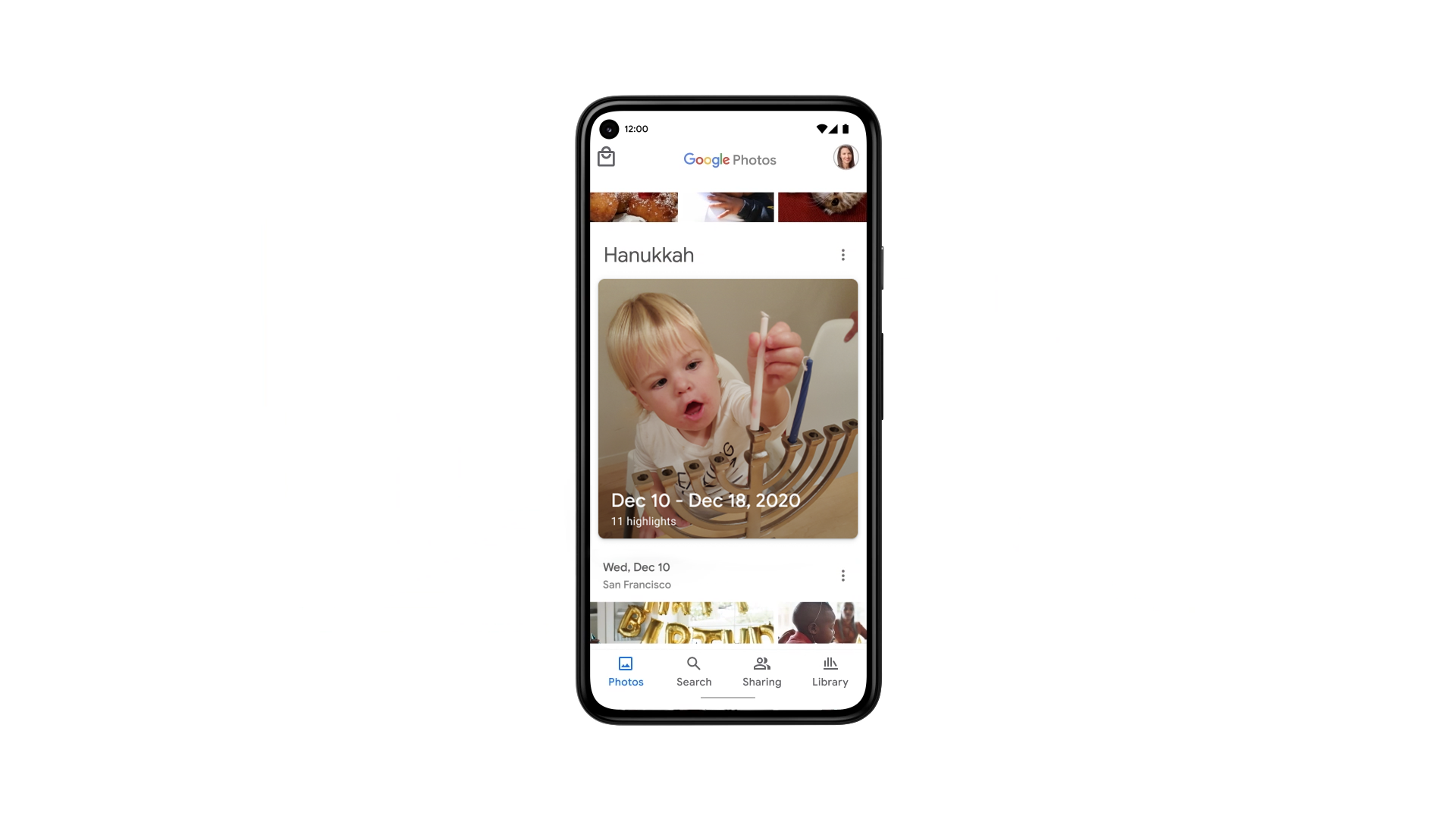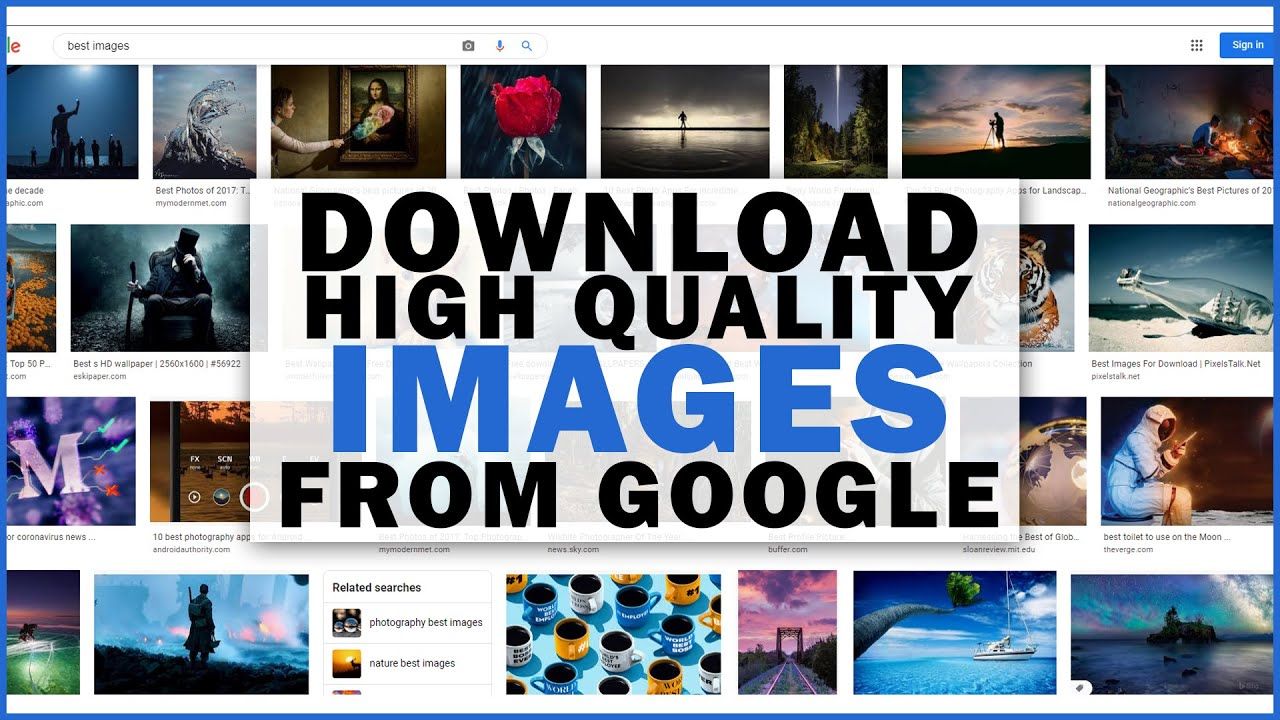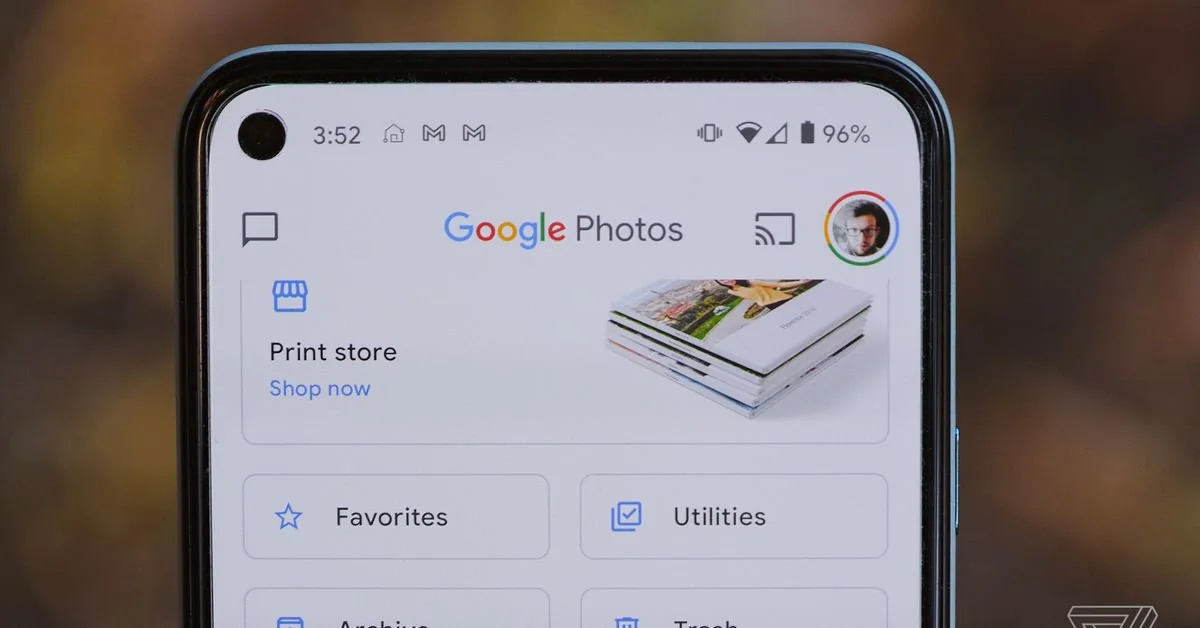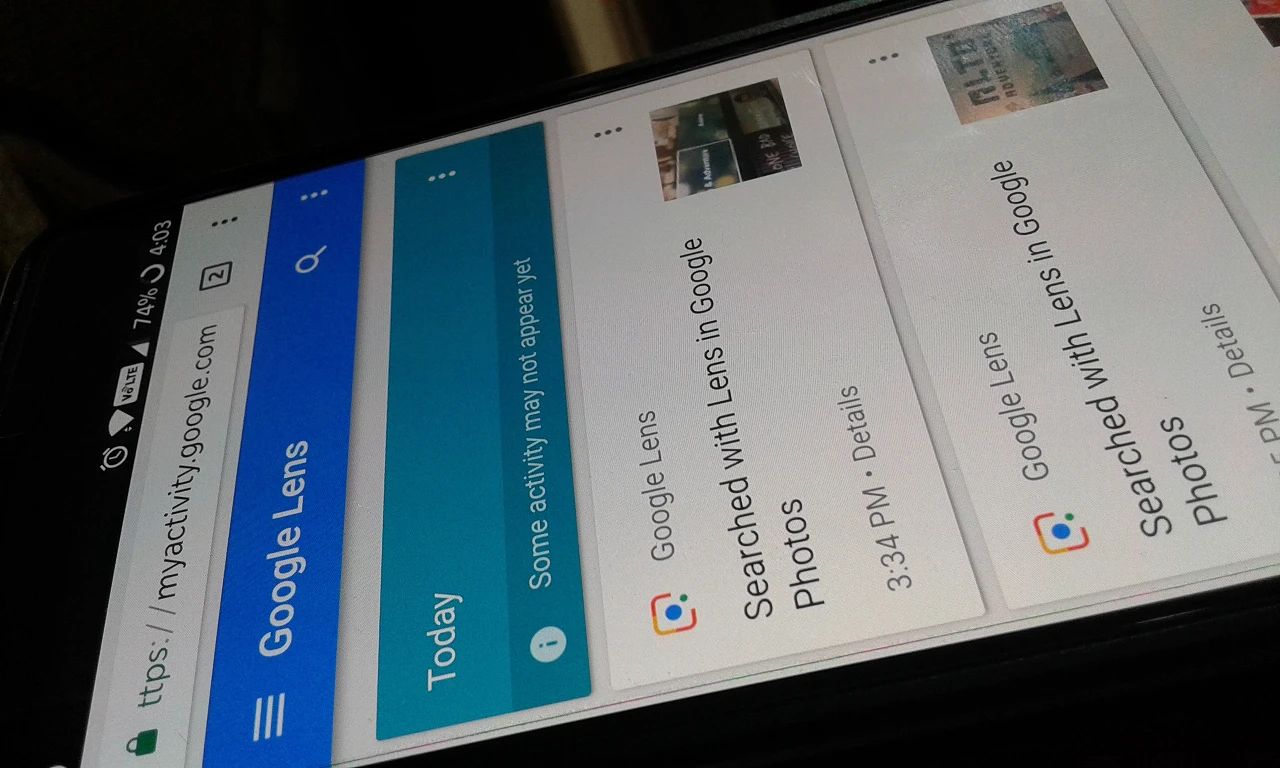Getting Started with Google Photos
Google Photos is a powerful tool that allows you to store, organize, and share your photos and videos seamlessly. Whether you’re a photography enthusiast or just want a convenient way to manage your personal memories, Google Photos is the perfect solution. In this section, we will guide you through the process of getting started with Google Photos.
To begin, you’ll need a Google account. If you already have one, simply visit the Google Photos website or download the app from the App Store or Google Play Store. Once you’re logged in, you can start uploading your photos and videos.
The first step is to create a library or album to keep your photos organized. You can create multiple albums based on different themes, events, or people. Simply click on the ‘+ Create’ button and follow the prompts to create your first album.
Uploading photos to Google Photos is a breeze. You can either drag and drop them into the web interface or use the upload button in the app. Google Photos offers unlimited storage for high-quality photos and videos, although there may be some limitations for original-quality uploads.
Once your photos are uploaded, Google Photos automatically organizes them by date, location, and even recognizes faces in your pictures. This makes it incredibly easy to search and find specific photos, even years down the line.
Google Photos also offers a range of editing tools to enhance your photos. From basic adjustments like cropping and rotating, to advanced features like filters and creative effects, you can easily make your photos look their best. Simply select the photo you want to edit and click on the edit button.
Sharing your photos with friends and family is a breeze with Google Photos. You can create shared albums and invite others to contribute their own photos to the album. You can also generate a link to share individual photos or albums with specific people.
One of the great features of Google Photos is the ability to backup and sync your photos automatically. This ensures that your photos are securely stored in the cloud and accessible from any device. Simply enable backup and sync in the settings, and Google Photos will take care of the rest.
Lastly, it’s important to note the privacy and security settings in Google Photos. You have control over who can see your photos and can adjust the visibility settings for each album or individual photo. Additionally, you can enable two-factor authentication to add an extra layer of security to your account.
In summary, Google Photos is a versatile and user-friendly tool for managing your photos and videos. Follow these steps to get started with Google Photos, and unlock a world of possibilities for preserving and sharing your precious memories.
Uploading Photos to Google Photos
Uploading your photos to Google Photos is a simple and convenient way to store and access your memories from any device. In this section, we will guide you through the process of uploading photos to Google Photos.
To begin, open the Google Photos app on your mobile device or visit the Google Photos website on your computer. Make sure you are signed in to your Google account. Once you’ve accessed Google Photos, you have a few options for uploading your photos.
Uploading from your device: If you want to upload photos already stored on your device, simply tap on the “+” icon in the app or click on the “Upload” button on the website. This will open your device’s file system, allowing you to select the photos you want to upload. You can choose individual photos or select multiple photos at once.
Uploading from a camera: If you have photos stored on a digital camera or SD card, you can transfer them to your device and then upload them to Google Photos following the steps mentioned above. Alternatively, you can connect your camera or SD card directly to your computer and upload the photos from there.
Automatic backup and sync: Google Photos also offers an automatic backup and sync feature. When enabled, this feature will automatically backup all the photos and videos on your device to the cloud. To enable backup and sync, go to the settings in the Google Photos app or website and toggle the option on. This ensures that your photos are safe and accessible even if you lose or replace your device.
During the upload process, you can monitor the progress of each photo or batch of photos. Once the upload is complete, your photos will be available in your Google Photos library. Google Photos will automatically organize your uploaded photos by date, location, and even recognize faces, making it easy to browse and search for specific photos.
It’s worth noting that Google Photos offers unlimited storage for high-quality photos and videos. However, if you prefer to upload your photos in their original quality, it may consume your Google account’s storage space. You can manage your storage space in Google Photos settings and purchase additional storage if needed.
In summary, uploading photos to Google Photos is a straightforward process that ensures your memories are securely stored and accessible anywhere. Whether you’re uploading from your device or setting up automatic backup and sync, Google Photos makes it easy to preserve and organize your photos for future enjoyment.
Organizing and Managing Photos
Google Photos offers powerful tools for organizing and managing your photos, allowing you to efficiently sort through your collection and find the right photos at the right time. In this section, we will explore various features and techniques for organizing and managing your photos in Google Photos.
Albums: One of the primary ways to organize your photos is by creating albums. Albums allow you to group related photos together based on events, themes, or people. To create an album, select the desired photos and click on the “Add to” or “Create album” option. You can add photos to multiple albums, making it easy to categorize your collection.
Labels and Tags: Google Photos automatically recognizes and tags your photos based on their content. This includes labels like “people,” “places,” and “things.” You can search for specific labels to quickly find related photos. Additionally, you can add your own custom tags to further organize and categorize your photos.
Date and Location: Google Photos organizes your photos based on their date and location information. You can browse your photos by specific dates or search for photos taken at particular locations. This feature is especially useful for finding photos from a specific trip or event.
Search: Google Photos has a powerful search functionality that allows you to find specific photos based on keywords, labels, or even objects within the photos. You can search for photos by people, places, things, or a combination of these criteria. This makes it incredibly easy to locate specific photos in your collection.
Archive: If you have photos that you want to keep but don’t necessarily want to display in your main gallery, you can archive them. Archiving removes the photos from your main library but keeps them accessible in a separate section. Archived photos remain searchable and can be restored to your main library at any time.
Deleting and Trash: If you want to remove unwanted photos from your library, you can delete them. Deleted photos are moved to the Trash, where they remain for 60 days before being permanently deleted. You can manually empty the Trash or restore deleted photos within the 60-day period if needed.
Favorites: Google Photos allows you to mark certain photos as favorites, making it easy to quickly access and showcase your most cherished memories. Simply select a photo and click on the star icon to mark it as a favorite. You can view all your favorite photos in a dedicated Favorites section.
Collaboration: Google Photos also enables collaboration, allowing you to share albums with others and invite them to contribute their own photos. This is particularly useful for collaborative projects or group events, where multiple people capture photos that can be added to a shared album.
In summary, Google Photos offers a range of features to help you organize and manage your photos effectively. Whether it’s creating albums, adding custom tags, utilizing search functionality, or collaborating with others, these tools ensure that your photo collection remains organized, accessible, and a joy to navigate.
Editing Photos in Google Photos
Google Photos provides a versatile set of editing tools that allow you to enhance the appearance of your photos and make them truly stand out. In this section, we will explore the various editing features available in Google Photos and how you can use them to make your photos look their best.
Basic adjustment tools: Google Photos offers a range of basic editing tools that allow you to make simple adjustments to your photos. These tools include cropping, straightening, rotating, and adjusting brightness, contrast, and saturation. You can access these tools by selecting a photo and clicking on the edit icon.
Filters and creative effects: Google Photos provides a selection of filters and creative effects that can instantly transform the look and feel of your photos. Whether you want to add a vintage vibe, a dramatic black and white effect, or enhance the colors with a vibrant filter, these effects can help you achieve the desired style. Simply select a photo, click on the edit icon, and choose the “Filters” option.
Auto enhance: If you want a quick and easy way to enhance your photos, Google Photos’ auto enhance feature is your go-to option. With just a single click, this feature analyzes your photo and automatically adjusts the brightness, contrast, and color balance to create a more balanced and appealing image. You can access the auto enhance feature by selecting a photo and clicking on the edit icon.
Crop and resize: Google Photos allows you to crop and resize your photos to achieve the desired composition. Whether you want to eliminate unwanted elements, create a square image for social media, or resize for printing, these tools make it easy to achieve the perfect dimensions. Simply select a photo, click on the edit icon, and choose the “Crop” option.
Retouching and healing: If your photo has imperfections, such as dust spots or blemishes, Google Photos offers retouching and healing tools to fix them. You can remove unwanted objects, smooth out skin imperfections, and even erase small distractions with ease. Just select a photo, click on the edit icon, and choose the “Retouch” option.
Advanced editing with Snapseed: Google Photos is integrated with the powerful Snapseed photo editing app, providing advanced editing capabilities. When you select a photo and click on the edit icon, you can choose to open the photo in Snapseed. This allows you to apply a wide range of adjustments and creative effects, including selective edits, curves, and healing tools, to refine your photos further.
Undo and revert edits: If you’re not satisfied with the changes you made to a photo, don’t worry. Google Photos allows you to easily undo or revert any edits you made. Simply select the photo, click on the edit icon, and choose the “Revert” or “Reset” option to return to the original version of the photo.
In summary, Google Photos provides a comprehensive set of editing tools that empower you to enhance the appearance of your photos with ease. Whether you prefer basic adjustments, creative effects, or advanced editing capabilities, these tools enable you to transform your photos and bring out their full potential.
Sharing Photos and Albums
Google Photos makes it effortless to share your photos and albums with friends, family, and even the world. In this section, we’ll explore the various ways you can share your photos and albums with others and make your cherished memories come to life.
Sharing individual photos: If you want to share a specific photo, Google Photos offers multiple options. Simply select the photo you want to share and click on the share icon. You can choose to share via email, messaging apps, social media platforms, or generate a link that can be copied and shared anywhere.
Creating and sharing albums: Google Photos allows you to create albums and customize the sharing settings for each album. To create an album, select the photos you want to include and click on the “+ Create” button. After creating the album, you can choose to make it public, share it with specific individuals, or keep it private for personal viewing.
Collaborative album sharing: Google Photos also enables collaboration on albums, making it easy to gather contributions from others. When creating an album, you can invite others to contribute their own photos to the album. This feature is perfect for capturing group events or collaborative projects, allowing everyone to share their unique perspectives.
Sharing via links: In addition to sharing photos and albums directly, Google Photos provides the option to generate shareable links. This allows you to share a link to a specific photo or album with anyone, even if they don’t have a Google account. You have control over the visibility settings of the shared link, ensuring that your photos are shared only with the intended recipients.
Embedding photos and albums: If you have a website or blog, you can easily embed Google Photos’ albums or individual photos into your web pages. This allows you to showcase your photos directly on your website, providing a seamless browsing experience for your visitors. Simply generate the embed code from the “Share” menu and insert it into your website’s code.
Shared libraries: Google Photos offers the option to set up shared libraries with specific individuals. This feature enables automatic sharing of photos between you and the selected contacts. You can choose to share all photos or only photos of specific people or from specific dates. This makes it easy to keep your loved ones updated with the latest moments.
Commenting and interaction: When you share a photo or album with others, they have the ability to like and comment on the shared content. This encourages interaction and allows for a more engaging sharing experience. You can see the comments and likes on your shared content and join the conversation.
In summary, Google Photos provides a range of options for sharing your photos and albums with others. Whether you prefer direct sharing, collaborative sharing, sharing via links, embedding on websites, or setting up shared libraries, these features make it easy to share and showcase your precious memories with the world.
Backup and Sync with Google Photos
One of the key advantages of using Google Photos is the ability to effortlessly backup and sync your photos and videos across multiple devices. In this section, we will explore how you can take advantage of the backup and sync feature in Google Photos to ensure the safety and accessibility of your precious memories.
Enabling backup and sync: To start backing up your photos and videos, open the Google Photos app or go to the Google Photos website and sign in to your Google account. Then, go to the settings menu and toggle the “Backup & Sync” option. This will enable automatic backup of all the new photos and videos on your device to your Google Photos library.
Backup quality: Google Photos offers two backup quality options: “High quality” and “Original quality.” With “High quality,” Google provides unlimited free storage for compressed photos (up to 16MP) and videos (up to 1080p). If you prefer to preserve the original quality of your files, you can choose the “Original quality” option, but keep in mind that it will count against your Google account’s storage space.
Sync across devices: Once backup and sync are enabled, all your photos and videos on your device will be automatically uploaded to the cloud and synced across all devices connected to your Google account. This ensures that you can access your entire photo library from any device, anytime, anywhere. Any edits or changes made to your photos or albums on one device will be reflected on all devices linked to your account.
Managing backup settings: Google Photos provides granular control over backup settings. You can choose to backup only when connected to Wi-Fi to avoid using your mobile data. Additionally, you can select which folders on your device should be backed up, allowing you to prioritize certain folders or exclude specific folders from the backup process.
Backup status and progress: In the Google Photos app, you can monitor the backup status and progress of your photos and videos. The app provides a backup indicator that shows the number of items remaining to be uploaded. This helps you stay informed about the progress of your backup and ensures that all your files are safely stored in the cloud.
Restoring from backup: In case you replace your device, lose your photos, or accidentally delete them, Google Photos makes it easy to restore from backup. Simply sign in to your Google account on the new or reset device, install the Google Photos app, and all your previously backed-up photos and videos will be automatically restored to your device.
Storage management: Google Photos offers tools to help you manage your storage space. You can access the storage management settings to see how much storage you’re using and purchase additional space if needed. You can also free up space by deleting unnecessary or backed-up photos and videos from your device, while still keeping them safely stored in the cloud.
In summary, Google Photos’ backup and sync feature provides a seamless solution for securely storing and accessing your photos and videos across all your devices. By enabling backup and sync, you can ensure that your memories are safely preserved and readily available at your fingertips.
Searching for Photos in Google Photos
Searching for specific photos in a vast collection can be a daunting task. However, with Google Photos, you can easily find the photos you’re looking for through its robust search feature. In this section, we will explore how to search for photos effectively in Google Photos.
Keyword search: Google Photos allows you to perform keyword searches to find specific photos based on the content within them. You can search for various elements like people, places, things, events, or even text within photos. Simply enter keywords in the search bar, and Google Photos will display matching results.
Facial recognition: Google Photos automatically detects and recognizes faces in your photos. This makes it incredibly simple to search for photos of specific individuals. Just type in the name of the person you’re looking for, and Google Photos will display all the photos featuring that person.
Date and time-based search: You can search for photos within a specific timeframe by entering dates or date ranges in the search bar. For example, you can search for photos from a particular day, month, or year. This is particularly useful when you’re trying to locate photos from a specific event or trip.
Location-based search: Google Photos utilizes the location data of your photos to allow for location-based searches. You can search for photos taken at specific places, such as landmarks, cities, or even restaurants. Simply enter the location name in the search bar, and Google Photos will display the photos taken at or near that location.
Object and scene recognition: Google Photos has advanced object and scene recognition capabilities, allowing you to search for photos based on specific objects or scenes. For example, you can search for “beach” or “dog” to find photos that feature those subjects. This feature makes it incredibly convenient to locate photos without manually tagging each one.
Combining search criteria: Google Photos allows you to combine multiple search criteria to narrow down the results. For example, you can search for photos of a specific person taken at a certain location during a particular timeframe. This makes it easier to find exactly what you’re looking for within your photo collection.
Additional search filters: Google Photos offers additional filters that can be applied to your search results. You can filter by media type, such as photos or videos, and even specific file formats. These filters help you refine your search and focus on the specific types of content you’re interested in.
Saved searches: If you frequently search for the same criteria or combinations, you can save your searches for quick access in the future. This saves you time and makes it easier to find photos that match your desired search criteria without having to enter them each time.
In summary, Google Photos’ powerful search functionality makes it a breeze to find specific photos within your collection. Whether it’s using keywords, facial recognition, date and location-based searches, or object and scene recognition, you can quickly locate the photos you’re looking for and relive your most cherished memories.
Managing Storage Space in Google Photos
With the vast collection of photos and videos that we accumulate, managing storage space becomes crucial. Google Photos offers various tools and settings to help you efficiently manage your storage space, ensuring that you can continue to capture and store memories without worrying about running out of space. In this section, we will explore how to effectively manage storage space in Google Photos.
Storage breakdown: Google Photos provides a storage breakdown that shows you how much space you’re using and what is taking up that space. You can access this breakdown in the settings menu to get an overview of the total storage used by your photos and videos.
Free up space: If you’re running low on storage space, Google Photos offers an option to free up space on your device. When you enable this setting, Google Photos will remove photos and videos that have already been backed up to the cloud from your local device storage. This allows you to reclaim space on your device while ensuring that your photos are securely stored in the cloud.
Storage management settings: In the Google Photos settings, you can access storage management options to optimize your storage usage. You can choose to remove photos and videos from your device after they’ve been backed up, as well as specify the length of time you want to keep locally stored photos before they are removed. These settings give you control over how your storage space is managed.
Purchase additional storage: If the free storage provided by Google Photos is not sufficient for your needs, you can purchase additional storage. Google offers various subscription plans that give you extra space for your photos, videos, and other files. This allows you to expand your storage capacity and continue enjoying the benefits of Google Photos without worrying about running out of space.
Set upload quality: As mentioned earlier, Google Photos offers two options for uploading quality: “High quality” and “Original quality.” Choosing the “High quality” option allows for unlimited free storage within certain size limits, while the “Original quality” option counts against your Google account’s storage. By selecting the appropriate upload quality based on your preferences, you can effectively manage your storage space.
Delete unwanted content: If you have photos or videos that you no longer need or want to keep, you can delete them from your Google Photos library. When you delete a photo or video, it is moved to the Trash where it remains for 60 days before being permanently deleted. This gives you the opportunity to review your deletions and restore any mistakenly deleted items before they are permanently removed.
Manage shared content: If you have shared albums or photos with others, you can manage the sharing settings to control the visibility of those shared items. By removing people’s access to your shared content, you can free up space in your storage by removing their contributions from your library, without affecting their access to the content.
In summary, managing storage space in Google Photos is essential to ensure that you can continue storing and accessing your photos and videos without worrying about running out of space. By utilizing the storage breakdown, freeing up space, managing settings, purchasing additional storage if needed, deleting unwanted content, and managing shared content, you can effectively manage your storage space and continue enjoying the benefits of Google Photos.
Privacy and Security in Google Photos
Privacy and security are top priorities when it comes to storing and sharing your photos and videos. Google Photos takes privacy and security seriously, implementing robust measures to safeguard your data. In this section, we will explore the privacy and security features in Google Photos, ensuring that your memories remain private and protected.
Account authentication: To access Google Photos, you need to log in with your Google account credentials. This adds an extra layer of security by ensuring that only authorized users can access your photos and videos.
Access control: Google Photos allows you to have control over who can view your photos and albums. You can choose to make your photos and albums private, share them with specific individuals, or make them public. This granular access control ensures that your photos are seen only by the intended recipients.
Link sharing settings: When sharing photos or albums via links, you have control over the visibility settings. You can choose to make the links accessible by anyone with the link, specific individuals, or keep them completely private. This helps you maintain privacy and restrict access to your shared content.
Face recognition settings: Google Photos offers face recognition capabilities to help you organize and search for photos. However, you can control how Google uses this feature by adjusting the face grouping and labeling settings. This gives you the power to manage how Google processes and recognizes faces in your photos.
Two-factor authentication: To add an extra layer of security to your Google account, you can enable two-factor authentication. This requires you to provide an additional verification method, such as a unique code sent to your mobile device, when logging in to your Google Photos account. Two-factor authentication helps protect your account from unauthorized access.
Data encryption: Google Photos employs encryption to protect your data. This encryption ensures that your photos and videos are transmitted securely over the internet and stored in an encrypted format. This added encryption layer safeguards your data against unauthorized access.
Secure backup: When you enable backup and sync in Google Photos, your photos and videos are securely backed up to the cloud. This ensures that even if you lose or replace your device, your precious memories are still safely stored and accessible from anywhere.
Security updates: Google Photos regularly updates its security features to protect against potential vulnerabilities. These updates include patches to address security issues and enhancements to ensure the overall security of the platform.
Privacy policy: Google Photos has a comprehensive privacy policy that provides transparency about the data it collects and how that data is used. By reviewing the privacy policy, you can gain a better understanding of the privacy practices implemented by Google Photos.
In summary, privacy and security are of utmost importance in Google Photos. By leveraging access control settings, link sharing settings, face recognition settings, two-factor authentication, data encryption, secure backup, security updates, and reviewing the privacy policy, you can enjoy the peace of mind that your photos and videos are protected and kept private in Google Photos.
Tips and Tricks for Using Google Photos
Google Photos is a versatile and feature-rich platform that offers numerous ways to organize, edit, and share your photos and videos. Here are some tips and tricks to help you make the most out of your Google Photos experience:
Free up device storage: Once your photos and videos are safely backed up to Google Photos, you can free up space on your device by enabling the “Free up space” option. This removes the backed-up media from your device, allowing you to capture more memories without worrying about running out of storage.
Discover memories with Assistant: The Assistant feature in Google Photos automatically creates collages, animations, and movies from your photos. Explore the Assistant tab to discover these memories and creations. You can also customize your preferences to control the types of creations you want to see.
Explore editing tools: Google Photos offers a wide range of editing tools to enhance your photos. Experiment with the various adjustments, filters, and effects to take your photos to the next level. Don’t forget to save a copy of the edited photo to preserve the original version as well.
Use photo search wisely: Take advantage of the powerful search functionality to quickly find specific photos. Utilize combination searches by combining keywords, dates, locations, and even objects to narrow down your search results for more accurate and efficient results.
Archive to hide photos: If you have photos that you want to keep, but don’t want to display in your main library, you can archive them. Archiving removes photos from your main view but keeps them accessible in a separate folder. This is perfect for decluttering your library while still having access to all your photos.
Collaborate on shared albums: Invite others to contribute their photos to shared albums, encouraging collaboration and gathering different perspectives from a shared event or project. This is an excellent way to create a collective memory with family, friends, or colleagues.
Create animations and movies: In addition to editing individual photos, Google Photos allows you to create animations, movies, and even collages from your photos. Explore these creative options to turn your photos into engaging visual stories to share with others.
Add captions and descriptions: You can add captions or descriptions to your photos to provide context or important details. This helps you remember the significance of the moment and enables others to understand the story behind the photo.
Explore sharing options: Take advantage of the diverse sharing options in Google Photos. Whether it’s sharing via email, social media, or generating shareable links, choose the method that best suits your needs and preferences.
Regularly back up new media: Ensure that your latest photos and videos are consistently backed up to Google Photos by enabling the “Backup & Sync” feature. This ensures that your memories are securely stored in the cloud, preventing any accidental loss or damage to your media.
Incorporate these tips and tricks into your Google Photos routine to effectively manage, edit, and share your photos and videos. Embrace the versatility of the platform and make your memories come alive through a seamless, personalized experience.







